Conceived in the late 1920s and officially founded in the early 1930s, the Kaigun Tokubetsu Rikusentai (Special Naval Landing Forces or SNLF) were the marine infantry of the Imperial Japanese Navy (IJN). In this week’s Forces of Fame we’ll take a look at their history, combat record, and how they play in Bolt Action.
Much like the British Royal Marines, the SNLF was designed to provide a force of troops that could be landed from naval vessels without having to deplete the ships’ crews to form landing parties. Drawn from and based at the primary Japanese naval bases (Kure, Maizuru, Sasebo, and Yokosuka), the individual unit strengths varied from a few hundred to over 3,000, almost always formed as a single battalion with varying numbers of companies. Unlike ‘true’ marines, however, the SNLF personnel were ordinary sailors with some infantry training, but thanks to their determination and fanatical loyalty to the Emperor they proved to be some of the most effective and die-hard soldiers available to Japan.
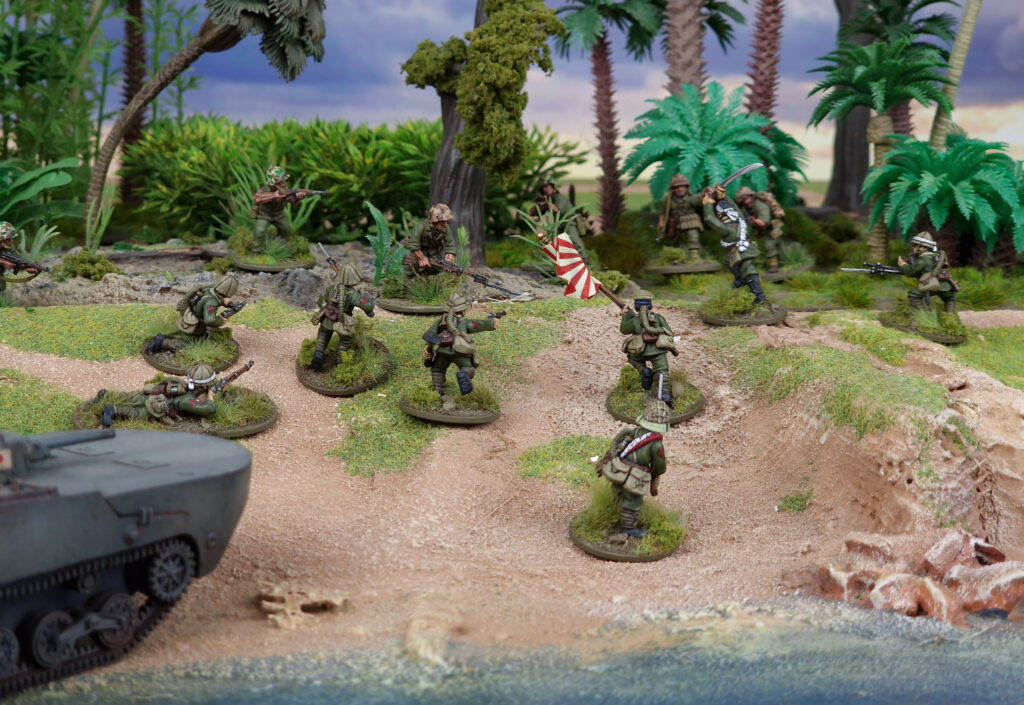
The primary role of the SNLF was, as the name suggests, amphibious landings. Considerable efforts were made with reconnaissance and planning to ensure that the landing force would face as little opposition as possible as the SNLF was equipped far less heavily than forces such as the US Marine Corps and was especially vulnerable as they tried to make their way off the beaches. The SNLF nonetheless earned a reputation as ferocious and determined fighters. Thoroughly unwilling to surrender in most cases, units which ran out of ammunition would frequently resort to hand-to-hand fighting rather than yield. This, along with their hazardous missions led to the formations suffering truly horrific casualty rates in many cases.
Used initially in the Second Sino-Japanese War (1937–1945), as their predecessor formations had been against the Russians, despite some early successes in World War II (most notably the rather unexpected occupation of Kiska Island, Alaska), by 1943 the tide of the war had forced the SNLF into primarily defensive island garrison roles, for which they were ill-suited. Lacking the levels of materiel support required to resist the might of the US Navy and Marine Corps, and almost institutionally allergic to conserving their manpower, the SNLF took heavy losses on a large number of islands as the United States rolled inexorably closer to Japan itself. After the failure of the Kure, Sasebo, and Yokosuka SNLF detachments in the face of determined and significant Australian resistance at Milne Bay, few further SNLF units were raised. Those which remained as garrison forces often fought to the last man, inflicting enormous losses on the Americans. Tarawa in particular is notable, with over three thousand US and almost five thousand Japanese casualties occurring within a mere three days.
One formation within the SNLF of particular interest were the 1st, 2nd, and 3rd Yokosuka SNLF forces. These were organised into ‘naval paratrooper’ units on the eve of the war, under the organisational control of the Imperial Japanese Navy Air Service (IJNAS). While trained for the role, the 2nd never served as paratroopers, but the 1st and 3rd saw active combat duty as such. More of a ‘distraction’ or single-objective small force than the massed airborne assaults favoured by the Allies, their doctrine was to assault and seize specific objectives, most commonly airfields, in order to provide diversionary support for the main SNLF elements coming ashore elsewhere. The 1st conducted Japan’s first combat drop at Menado in January 1942, while in February the 3rd landed on West Timor and were badly mauled in the subsequent Battle of Timor.
Provided with a mixture of IJN and Army equipment, the SNLF make for a wonderfully unique addition to any Japanese Bolt Action force. Clad in their distinctive dark green uniforms and Type 2 helmets, they stand out visually on the tabletop amidst the sea of khaki (and half-naked bamboo spear fighters, if my regular Japanese-playing opponents are anything to go by!). The boxed set, based on the excellent Japanese Army plastics, includes new metal heads for every model, as well as two metal torsos and arm sets, including one holding the famed Japanese military sword – perfect for such a die-hard fighting force! If you want to represent the paratroopers, a nice green paintjob over our Teishin Shudan paratroopers will see you right.
On the Bolt Action table, there’s three ways to field your SNLF troops. The ‘standard’ SNLF squad gives you a rock-solid Veteran infantry unit of up to twelve men, while the SNLF Grenadier squad grants access to a whopping three light mortars – perfect for scattering HE or smoke around the battlefield! Finally, the entry for the Teishin Shudan paratroopers gives you the option to field the SNLF parachutists, with extra SMGs aplenty!
Strap on your helmet, fix your bayonet, and get into the landing craft. It’s time to hit the beach!
Other articles in the Forces of Fame Series:
Bolt Action – The Tiger I; Princess Elizabeth (Jubilee Special);
Blood Red Skies – Messerschmitt Bf 110; Ki-43 II ‘Oscar’;
Victory at Sea – The Bismarck;
Pike & Shotte – Cuirassiers;
Black Powder (Epic Battles ACW) – The Iron Brigade;
Black Seas – HMS Victory;
SPQR – Dacian Falxmen;
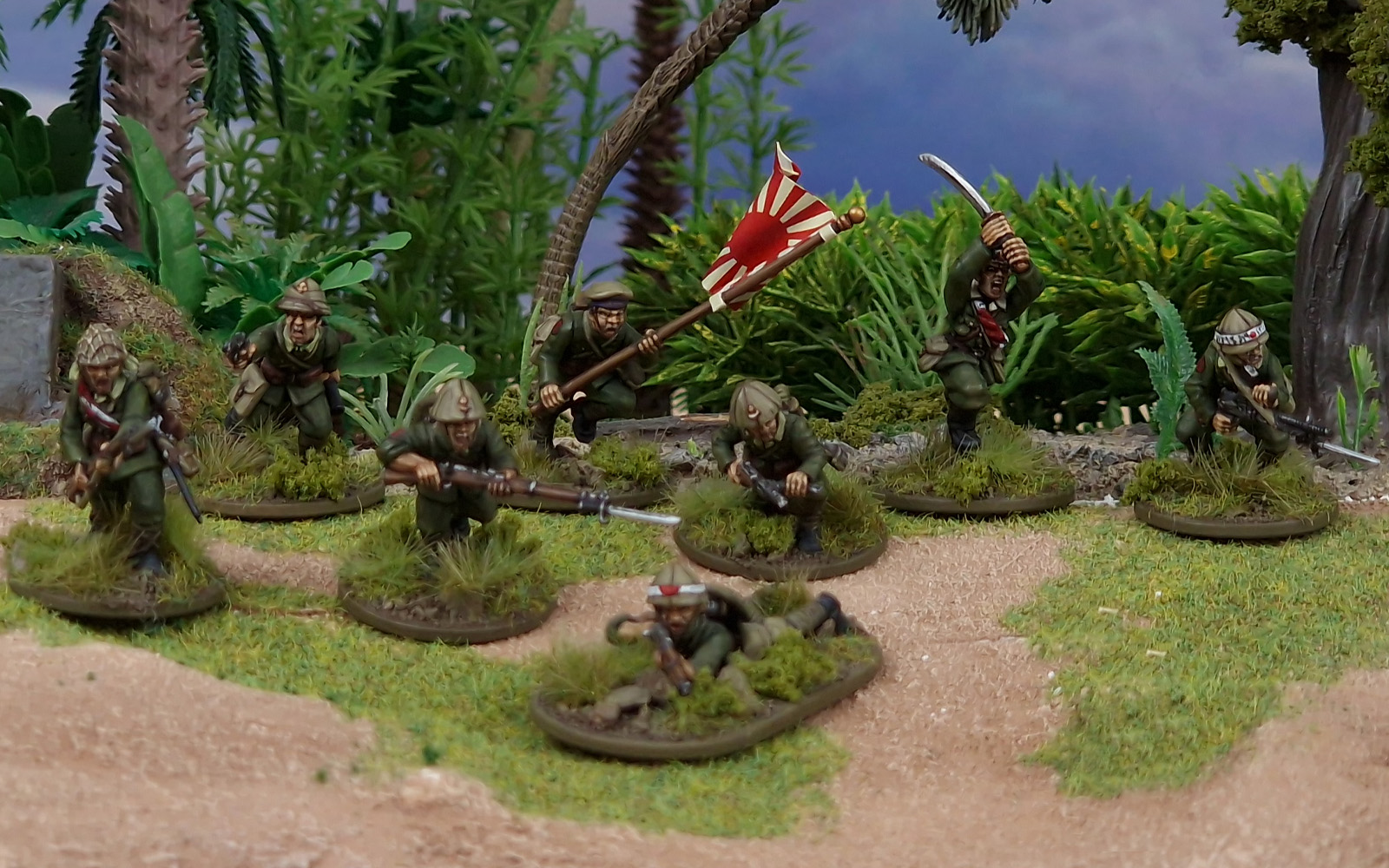
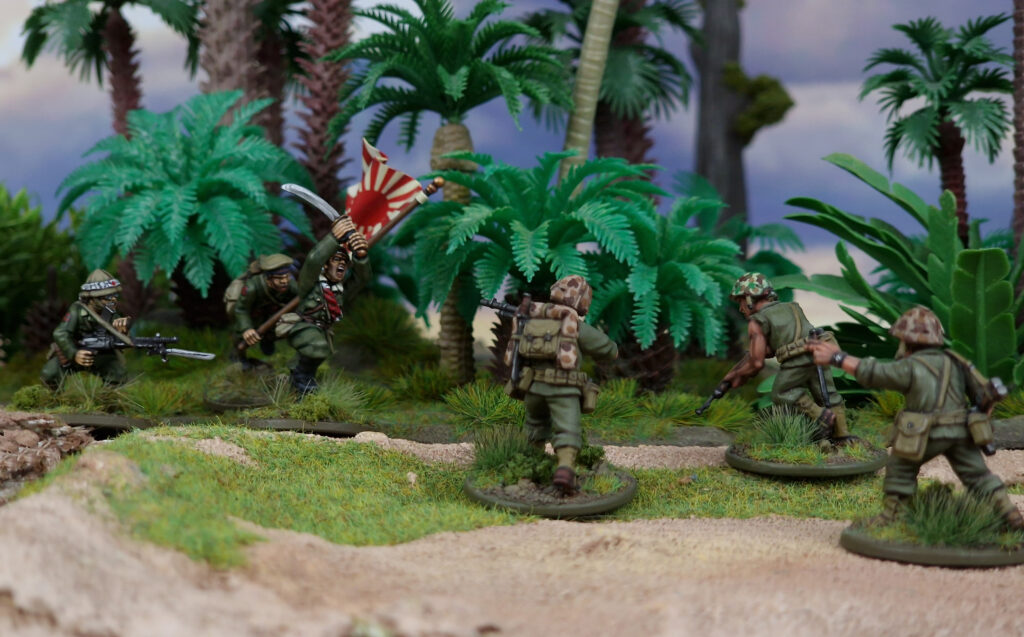
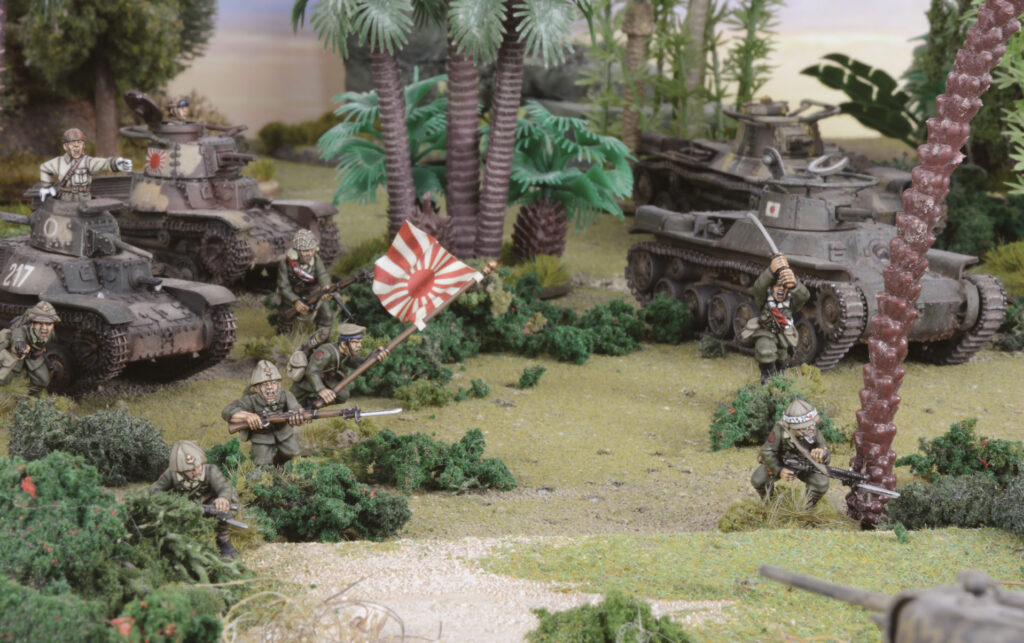

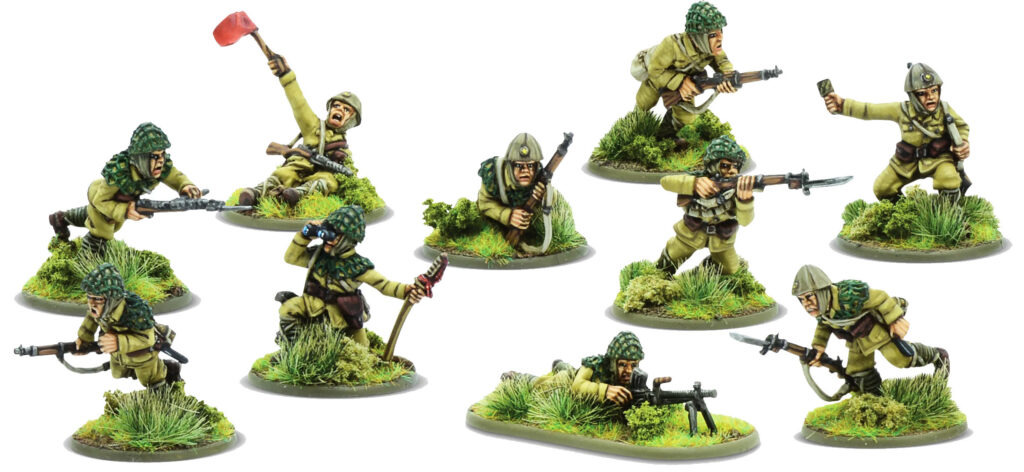
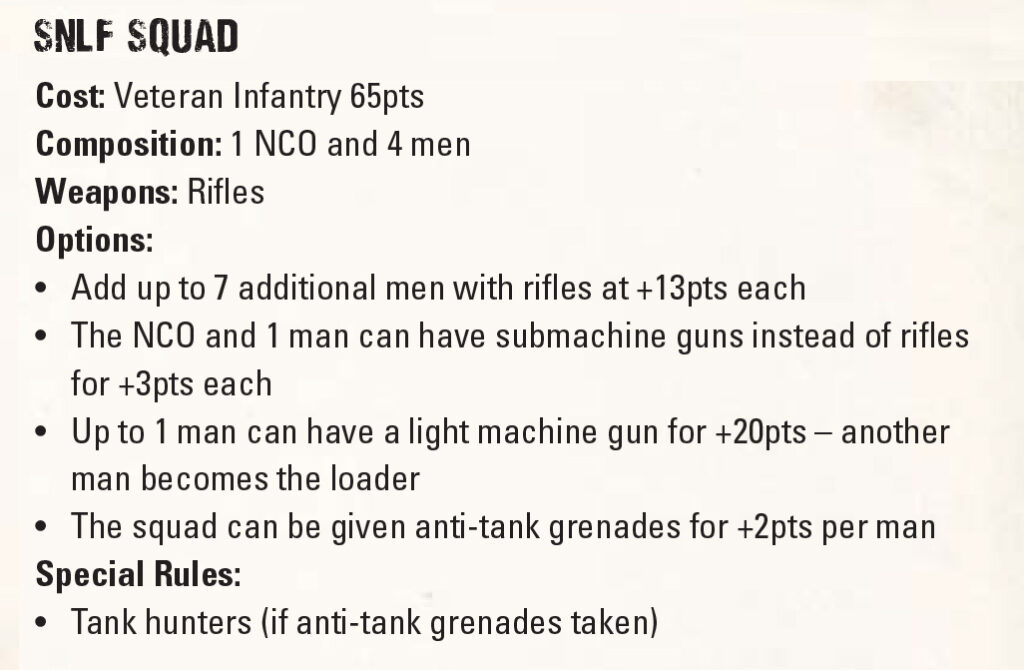
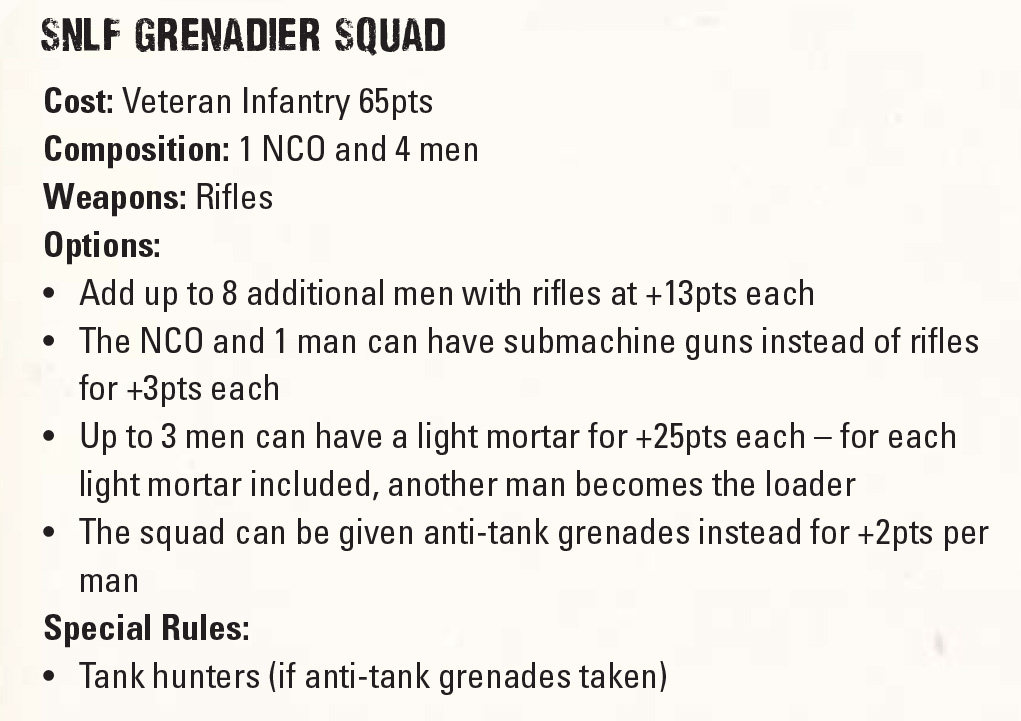
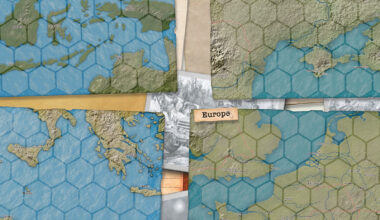
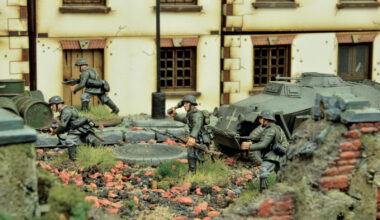
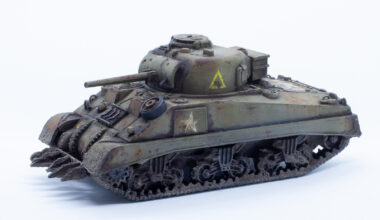
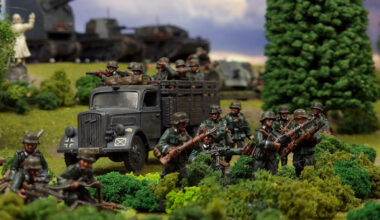
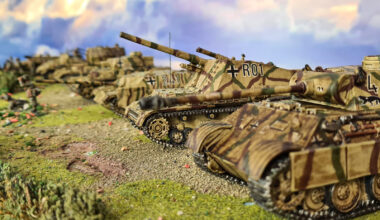
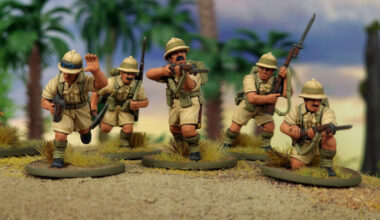
1 comment
Great article. The SNLF were indeed a formidable opponent as described above at the Battles of Tarawa and Manilla. Models look great in any IJ faction battlegroup.
Comments are closed.